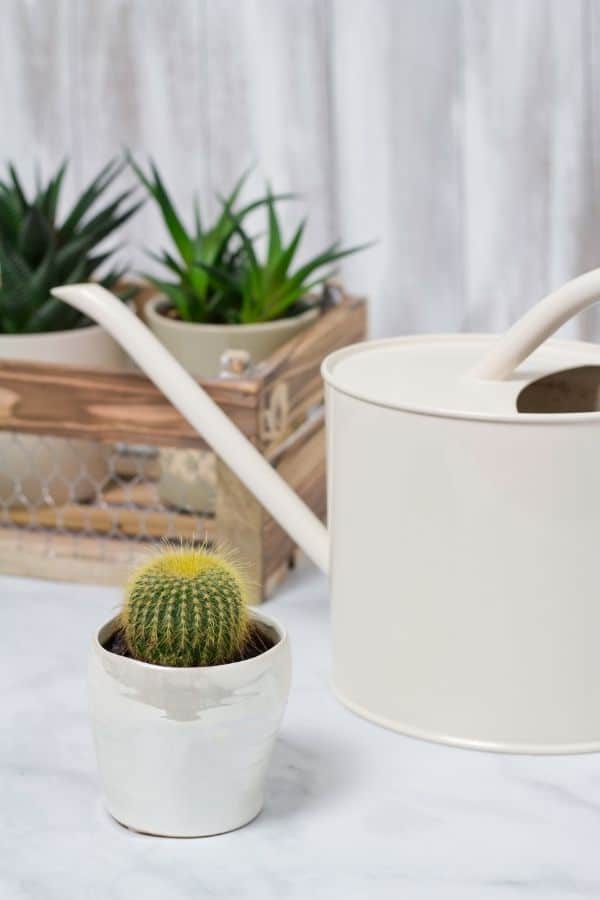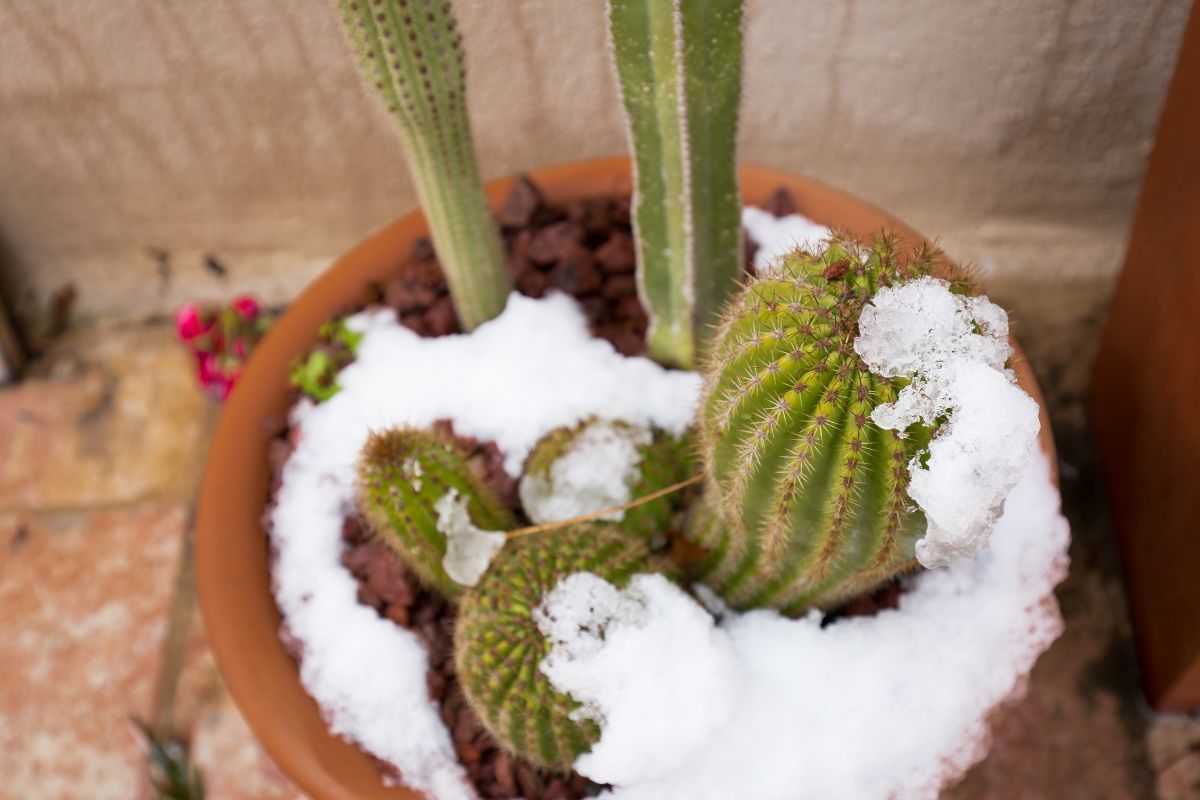Don’t Let Jack Frost Ruin Your Cactus – 5 Frost-Proofing Hacks
Winter is coming and Jack Frost is getting ready to go on the attack! But don’t worry cactus lovers, we’ve got 5 ingenious hacks to safeguard your prickly pals from his icy grip. Read on for the plant protection secrets that’ll have you chillin’ while your cactus stays toasty all winter long.

You might think of cacti as desert dwellers that thrive in scorching heat. But the real superpower of these spiny succulents? Their amazing ability to adapt to crazy climate extremes, including frosty winter nights. Even the hottest deserts can get bone-chillingly cold after sundown.
While cacti are tough customers, freezing temps can spell trouble by causing their inner water stores to expand and burst their cellular walls. Yikes! Without some preventative TLC, Jack Frost could leave your cactus looking pretty sad. But we’ve got you covered with hacks to keep your cactus safely defrosted.
Contents
How to Protect Cactus from Frost
Hack #1: Give Them The Cold Shoulder
In the weeks before frost, let your cactus ease into its winter rest phase. Cut back on watering so it can deplete its inner moisture reserves – this helps prevent expansive ice crystals from forming.

Hack #2: Shelter From The Storm
Got potted outdoor cacti? When frost looms, simply relocate them to a cozy sheltered spot away from wind and exposure. Behind a wall or fence works great. Or flip a chair or bucket over top to trap their radiant heat.
Hack #3: Rock Out The Rootzone
Using dark stones or mulch (around 2-3 inches deep max) over the soil helps absorb the sun’s rays and gently radiates warmth back to the rootzone overnight. Go for black lava rocks or red/brown mulch.
Hack #4: Bring The Heat Indoors

In brutal winter regions, you may need to move cactus babies inside when nights dip below freezing. But do it gradually to avoid shock, provide bright sunlight or grow lights, and mimic outdoor conditions as much as possible.
Hack #5: Tuck Them In With A Cozy Blanket
Make a simple tent using burlap, frost cloth, plastic sheeting or old bedsheets propped up on sticks or furniture – just don’t let it touch the cactus! The trapped air pocket acts as insulation. Double up materials for extra protection in severe cold.
There you have it – 5 easy peasy ways to outwit winter’s worst! With a bit of prep work, your cactus will snooze happily until spring’s warm embrace finally sends Jack Frost packing.
Reviving A Frozen Cactus

Even with your best frost-proofing efforts, sometimes cacti can still get a bit freezer-burned. But don’t give up on your prickly pal just yet! Here’s how to nurse it back to health:
- First, you’ll notice the frozen areas start turning white and getting mushy. At this point, don’t do anything – just let your cactus chill (literally) and see if it can recover on its own.
- If the damaged zones then start turning purple and eventually black, that means those tissues are totally kaput. Time for surgery!
- Break out the pruning shears and carefully cut away any black, rotten cactus parts. Remove every last bit to stop the spreading frostbite in its tracks.
- With the deadweight gone, your cactus can now focus its energies on healing. Put it in a warm, sunny spot and watch for fresh growth as the weather warms up.
With a little TLC, your once-frozen cactus should be back to its crazy, prickly self in no time! Just be extra cautious next winter – cacti never forget a cold snap.
